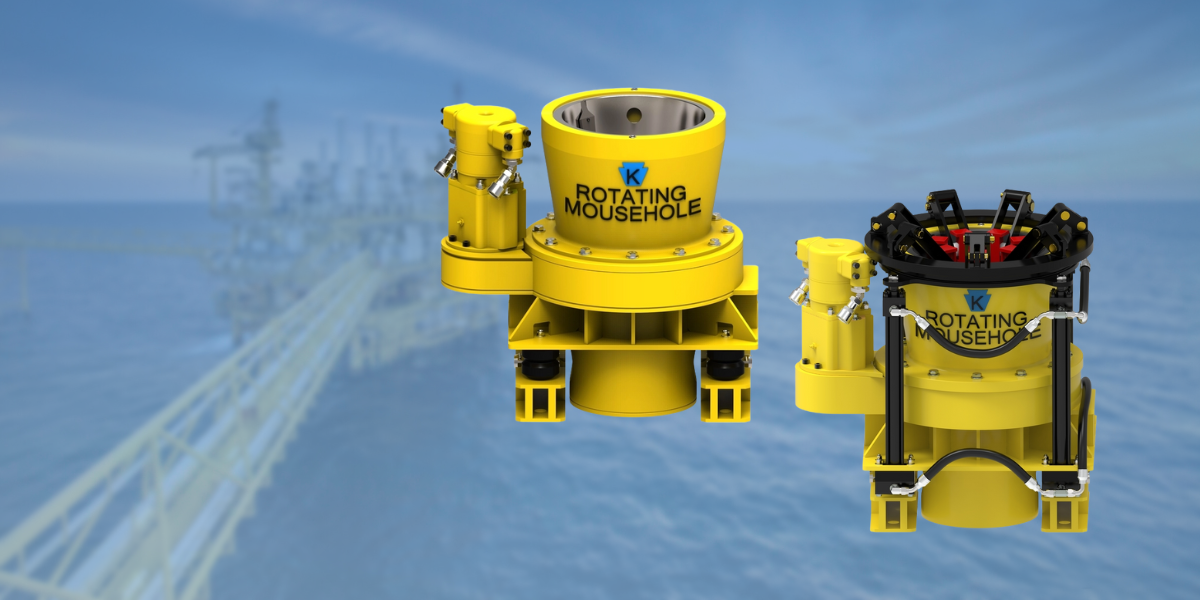
Drilling efficiency and crew safety stand as the twin pillars of the oilfield industry, where technological innovation is not just welcomed but essential for progress. In this domain, the rotating mousehole has emerged as a game-changing advancement, redefining the way drilling operations are conducted.
Join us as we delve into the critical role rotating mouseholes play in optimizing drilling processes, enhancing safety protocols, and why they are becoming an indispensable tool for forward-thinking oilfield executives.
- Traditional vs. Rotating Mouseholes
- Advancements in Mousehole Design
- Installation and Operation of Rotating Mouseholes
- Efficiency and Time-Saving Benefits
- Enhancing Worker Safety
- Executive Considerations
Traditional vs. Rotating Mouseholes
One such innovation that has significantly contributed to the drilling process is the rotating mousehole. First, let's understand what a mousehole is. The mousehole refers to the area on the drilling rig where the next joint of drill pipe is stored. Positioned between the rotary table and vee-door, this space is typically fitted with casing. Traditionally, a standard mousehole would hold a single 30-foot joint of pipe, requiring frequent manual intervention to add joints to the drill string.
Advancements in Mousehole Design
However, with the advent of rotating mouseholes in the early 1990s, the drilling industry witnessed a remarkable transformation. Rotating mouseholes are designed to accommodate three joints of 30-foot drill pipe, allowing for a total depth of 90 feet from the rig floor. This innovative solution not only saves time but also reduces labor requirements.
Installation and Operation of Rotating Mouseholes
To install a rotating mousehole, a secondary hole is drilled after the cellar and conductor holes. The cellar serves as the main hole where drilling fluids and drainage water are collected, while the conductor hole acts as a guide for the rig. The mousehole is then drilled following this guide. Once the hole is prepared, the rotating mousehole is seamlessly integrated under the rig floor.
Efficiency and Time-Saving Benefits
The time-saving benefits of rotating mouseholes are significant. The drill crew can make up and set back strands of pipe simultaneously, utilizing the top drive and drilling ahead without interruptions. This "off-line" work, which involves making up and setting back strands, eliminates two out of every three connections, resulting in a remarkable 66% improvement in efficiency.
Enhancing Worker Safety
Safety is another crucial aspect that rotating mouseholes enhance. This device automatically rotates the tubulars underneath the rig floor, eliminating the need for manual intervention inside the derrick. With the rotating mousehole installed beneath the rig floor and properly covered when not in use, it becomes one less obstacle for the workers to navigate around.
Executive Considerations
Consequently, worker safety is significantly improved as they are exposed to fewer risks during the pipe connection process. Considering the benefits offered by rotating mouseholes, it is essential for oilfield executives to seriously consider them as a viable option for time-saving and safety-enhancing measures.
To wrap things up
While every rig is unique, the implementation of rotating mouseholes can bring substantial improvements to your drilling operations. In conclusion, the introduction of rotating mouseholes in the oilfield industry has revolutionized the drilling process. By reducing downtime, increasing efficiency, and enhancing worker safety, these innovative devices have become indispensable assets. As oilfield executives, it is crucial to prioritize the adoption of rotating mouseholes to optimize your drilling operations and ensure the well-being of your crew.
About Keystone Energy Tools
 Keystone Energy Tools is a manufacturer with over fifty years of combined experience in designing, manufacturing, and delivering high-quality oilfield tools, including elevators, slips, dies and inserts, tongs dies, safety clamps, stabbing guides, drill pipe float valves, baffle plates, float valve pullers, rotating mouseholes, and tong blocks.
Keystone Energy Tools is a manufacturer with over fifty years of combined experience in designing, manufacturing, and delivering high-quality oilfield tools, including elevators, slips, dies and inserts, tongs dies, safety clamps, stabbing guides, drill pipe float valves, baffle plates, float valve pullers, rotating mouseholes, and tong blocks.
By using the latest in 3D modeling for product design and by staying current with the rapid advances in manufacturing technology and quality-assurance standards, Keystone is able to manufacture and produce the most reliable products on the market today. All Keystone Handling Tools are manufactured according to API 8C and API 7K Standards.


